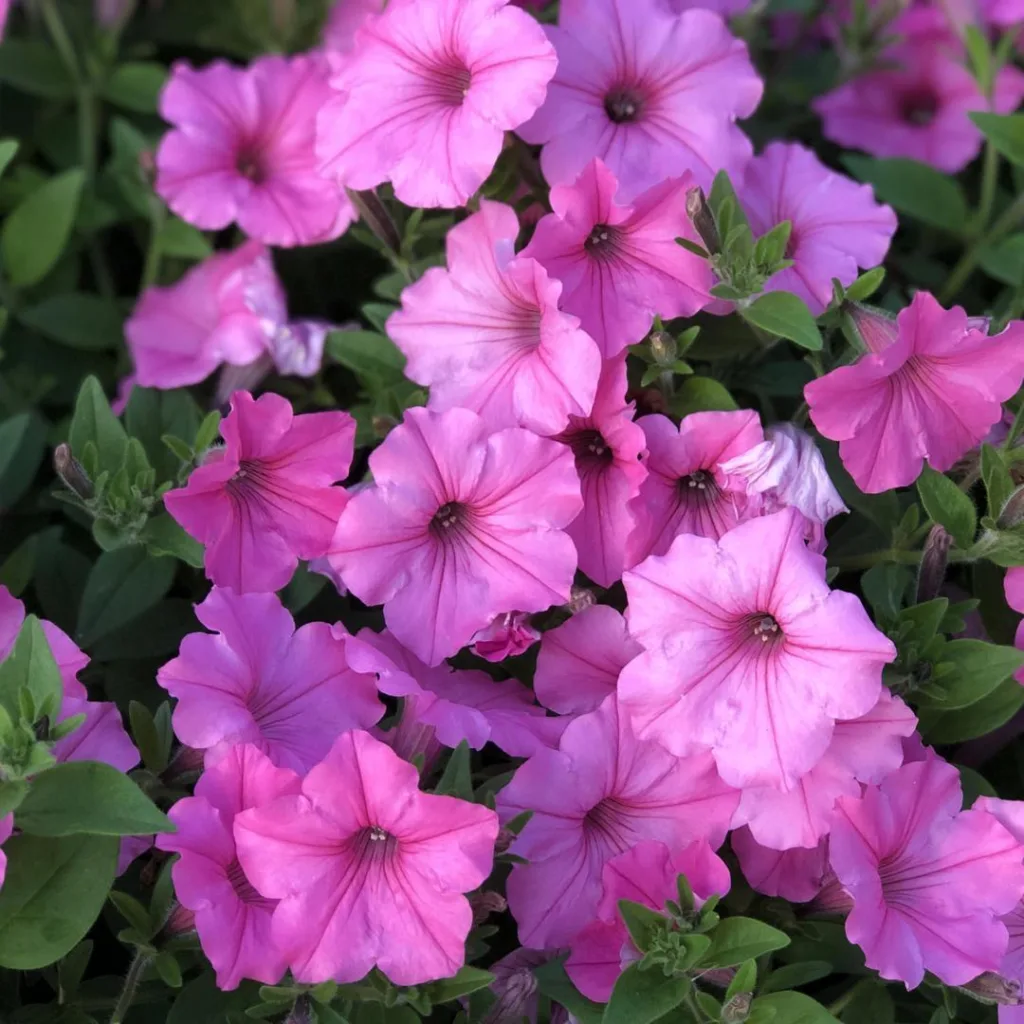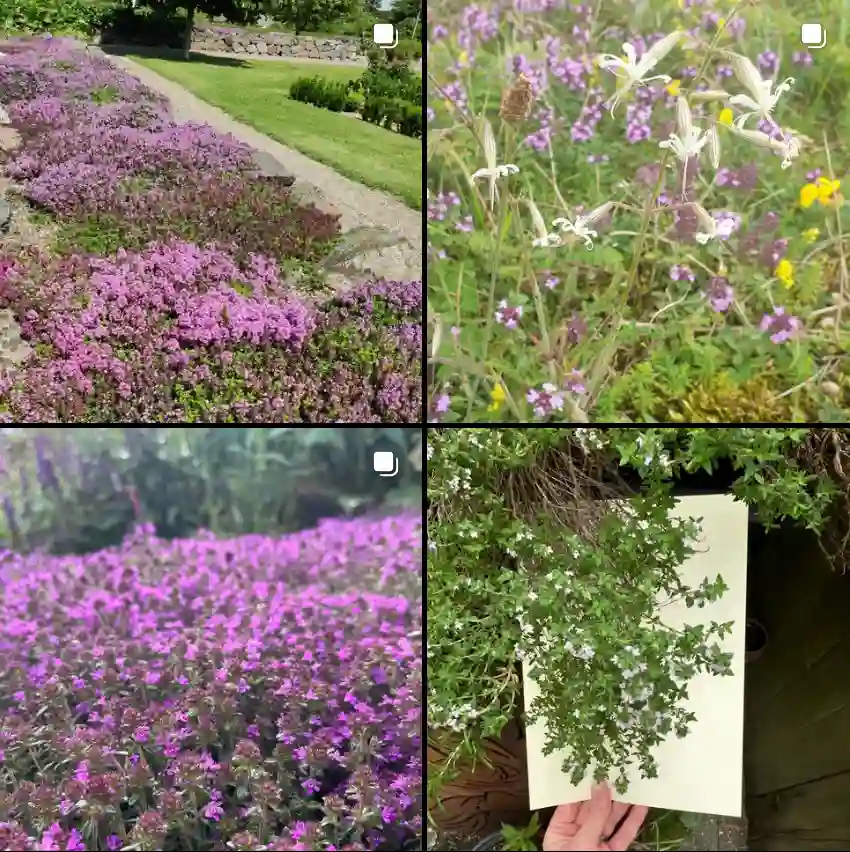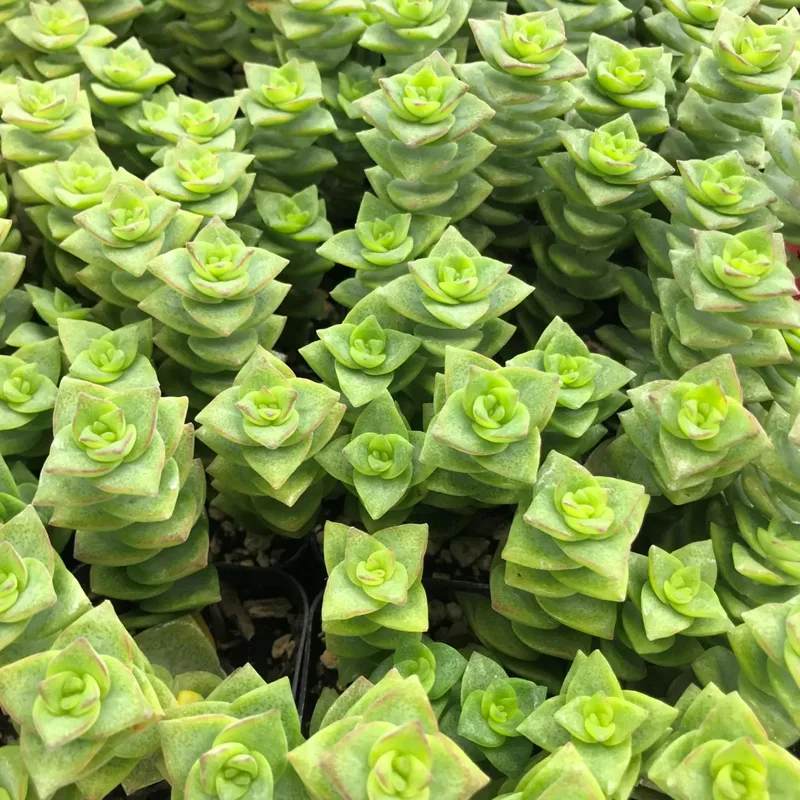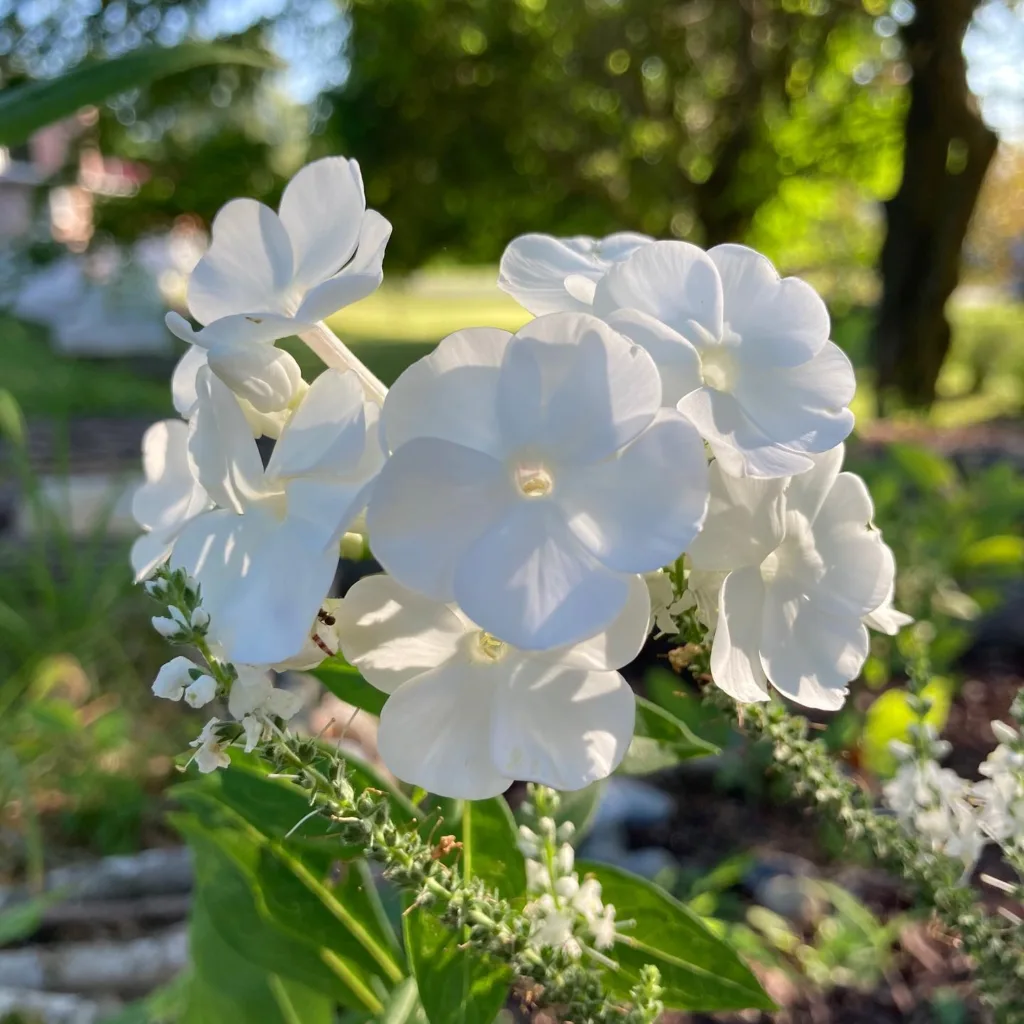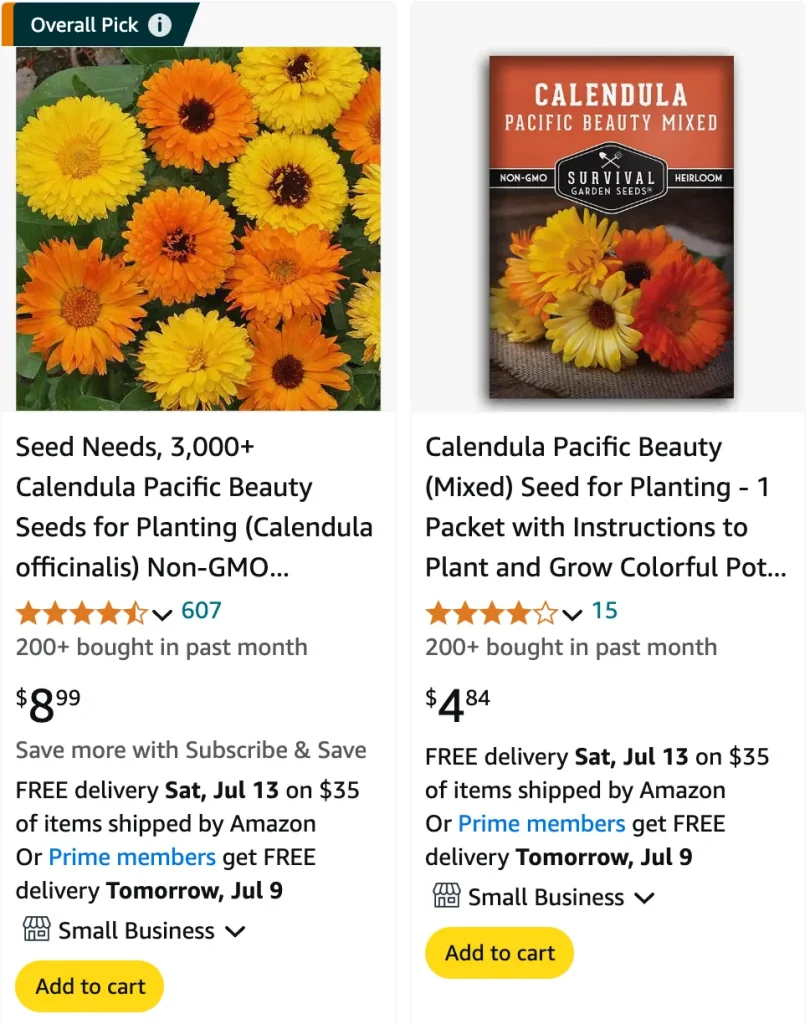
July 1 – Calendula
"Calendula, the golden marigold, defines July 1."
Calendula symbolizes warmth and gratitude. If this is your birthday, you shine with positivity and bring healing energy to those around you. Like its vibrant orange petals, you are a beacon of hope and cheer.
All About Calendula: A Gardener’s Guide to This Golden Bloom
For years, Calendula has held a special place in my garden. These cheerful, daisy-like flowers with vibrant orange or yellow petals aren’t just beautiful; they’re also surprisingly versatile. From soothing skin irritations to adding a touch of sunshine to salads, Calendula offers a range of benefits. But with so much information swirling around this golden bloom, I decided to create a one-stop guide to answer all your burning Calendula questions.
What is Calendula Good For?
Calendula belong to the Asteraceae family, also known as pot marigold, boasts a long history of medicinal uses. Traditionally, it’s been used topically to soothe minor cuts, scrapes, sunburns, and eczema. Studies suggest Calendula may also possess anti-inflammatory and antimicrobial properties, making it beneficial for wound healing. However, it’s important to note that more research is needed to fully understand its effectiveness.
Calendula species
- Calendula arvensis L.
- Calendula davisii A.C.Gonç. & P.Silveira
- Calendula eckerleinii Ohle
- Calendula karakalensis Vassilcz.
- Calendula lanzae Maire
- Calendula maroccana (Ball) B.D.Jacks.
- Calendula meuselii Ohle
- Calendula murbeckii Lanza ex Murb.
- Calendula officinalis L. Plant FAQs: Calendula Officinalis – Pot Marigold
- Calendula oualidii A.C.Gonç. & P.Silveira
- Calendula pachysperma Zohary
- Calendula palaestina Boiss.
- Calendula pinnatiloba (Coss. ex Maire) A.C.Gonç. & P.Silveira
- Calendula stellata Cav.
- Calendula suffruticosa Vahl
- Calendula tripterocarpa Rupr.
How to Make Calendula Oil?
Calendula oil is a fantastic DIY project! Here’s a simple method:
- Fill a jar with dried Calendula flowers.
- Pour a carrier oil, like olive or sweet almond oil, over the flowers, ensuring they’re completely submerged.
- Place the jar in a sunny spot for several weeks, shaking it occasionally.
- Strain the oil, discarding the flowers.
Your homemade Calendula oil is ready for topical use!
Is Calendula a Perennial?
While Calendula thrives in most climates, it’s technically an annual plant. This means it completes its life cycle in one season, from seed to flower to seed again. However, in zones with mild winters, Calendula may self-seed, returning the following year.
How to Use Calendula for Skin?
Calendula’s potential to soothe and calm irritated skin makes it a popular ingredient in many skincare products. You can use Calendula oil directly on the affected area or look for creams, salves, and lotions containing Calendula extract.
How to Make Calendula Salve?
Salves offer a thicker consistency compared to oils. Here’s a basic recipe:
- Melt beeswax in a double boiler.
- Infuse carrier oil with Calendula flowers using the method mentioned above.
- Slowly add the Calendula oil to the melted beeswax, stirring constantly.
- Pour the mixture into tins and let it cool completely.
Tip: Add essential oils like lavender for a calming effect.
What is Calendula Cream Used For?
Calendula creams are commercially available and often used for similar purposes as Calendula oil and salves, including soothing diaper rash, eczema, and minor skin irritations.
How to Grow Calendula?
Growing Calendula is easy and rewarding! Here’s what you need to know:
- Planting: Sow seeds directly outdoors after the danger of frost has passed. Calendula thrives in full sun and well-drained soil.
- Care: Water regularly, especially during dry spells. Deadheading (removing spent flowers) encourages continuous blooming throughout the season.
How to Harvest Calendula?
Harvest Calendula flowers just as the petals begin to unfurl. Use sharp scissors to snip the flower head at the stem.
Is Calendula Edible?
Yes, Calendula flowers are edible and can add a pop of color and a slightly peppery flavor to salads, soups, and stews.
Is Calendula Safe for Dogs?
While Calendula is generally considered safe for humans, it’s best to consult a veterinarian before using it on your dog.
When to Plant Calendula Seeds?
Plant Calendula seeds outdoors 4-6 weeks before the last frost date in your area.
How to Dry Calendula Flowers?
Here are two methods for drying Calendula flowers:
- Air Drying: Arrange the flowers in a single layer on a drying screen in a well-ventilated, warm location out of direct sunlight.
- Dehydrator: Use the lowest heat setting on your dehydrator to dry the flowers.
Once completely dry, store the flowers in an airtight container in a cool, dark place.
How to Grow Calendula from Seed?
Growing Calendula from seed is the most cost-effective way to enjoy these cheerful blooms. Simply follow the planting instructions mentioned earlier.
How to Pronounce Calendula?
Calendula is pronounced kuh-LEN-dyu-luh.
How Tall Does Calendula Grow?
Calendula plants typically reach a height of 12-24 inches, depending on the variety.
Is Calendula the Same as Marigold?
Calendula is often referred to as pot marigold, but there are some subtle differences. Tagetes, the true marigold, has a stronger scent and more compact, single or double flower heads compared to Calendula’s daisy-like blooms with looser petals. Both belong to the Asteraceae family but are classified under different genera.
Calendula vs Dandelion
Both boast bright yellow flowers, but their uses diverge. Dandelions are known for their greens and pesky seeds, while Calendula offers medicinal and culinary benefits.
Calendula vs Aloe Vera
While Calendula soothes skin irritations, Aloe Vera excels at hydrating and healing burns. They can complement each other in a natural skincare routine.
Calendula vs Arnica
Both Arnica and Calendula are popular for topical use on bruises and sprains. Arnica, however, may cause irritation for some, so Calendula can be a gentler alternative.
Calendula vs Calamine
Calamine lotion is a traditional remedy for itchy skin conditions, while Calendula offers anti-inflammatory and antimicrobial properties. They can address different aspects of skin problems.
Calendula vs Cempasuchil
Cempasuchil, also called the Day of the Dead marigold, is a Tagetes species similar to Calendula but not used medicinally. Cempasuchil holds cultural significance in Mexican traditions.
Calendula vs Centella
Centella Asiatica, also known as Gotu Kola, is an herb used for wound healing and promoting circulation. Calendula shares some similar properties but may be gentler for sensitive skin.
Calendula vs Chamomile
Chamomile is renowned for its calming properties, used in teas for relaxation and sleep. Calendula focuses on skin health, although some find its tea soothing as well.
Calendula vs Tagetes
Tagetes is the true marigold genus, with some varieties resembling Calendula. Tagetes are primarily ornamental, while Calendula offers medicinal and culinary uses.
Calendula vs Zinnia
Zinnias are another vibrant annual flower prized for their large, showy blooms. Unlike Calendula, Zinnias have no known medicinal uses but are fantastic for adding color to bouquets.
What to Plant With Calendula?
Calendula attracts beneficial insects like ladybugs, making them great companions for vegetables susceptible to pests.
Can You Smoke Calendula?
Smoking Calendula is not recommended. There’s limited research on its safety when inhaled, and it may irritate the lungs.
How to Make Calendula Tea?
While Calendula tea isn’t as common as other herbal teas, you can use dried Calendula flowers to make a calming infusion. However, consult a healthcare professional before consuming Calendula internally, especially if pregnant or breastfeeding.
What Does Calendula Smell Like?
Calendula has a subtle, slightly herbal or grassy scent.
Do Deer Eat Calendula?
Deer generally avoid Calendula due to its bitter taste.
Is Calendula Safe for Cats?
Similar to dogs, it’s best to consult a vet before using Calendula on your cat.
What Do Calendula Seeds Look Like?
Calendula seeds are small, curved, and dark brown or black.
Where Can I Buy Calendula?
You can find Calendula seeds, plants, and dried flowers at most garden centers and online retailers.
By understanding Calendula and its potential, you can unlock a world of benefits, from beautifying your garden to soothing minor skin woes. So, plant some Calendula seeds, enjoy their cheerful blooms, and discover the golden magic they hold!
If i die, water my plants!
